South Korea’s Political Drama to Add Up More Episodes

South Korea's cultural rise faces political turmoil, with protests against President Yoon escalating amid calls for his resignation

South Korea's cultural rise faces political turmoil, with protests against President Yoon escalating amid calls for his resignation
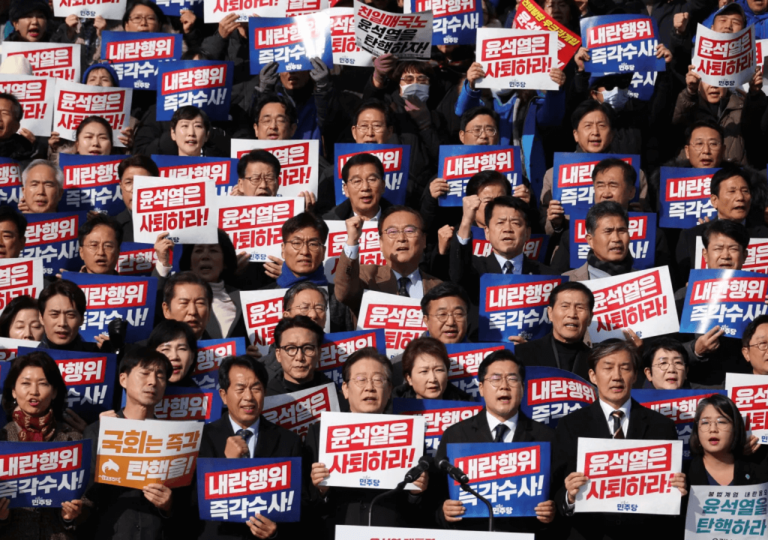
South Korea's political turmoil escalated as President Yoon declared martial law, triggering widespread protests and calls for his resignation
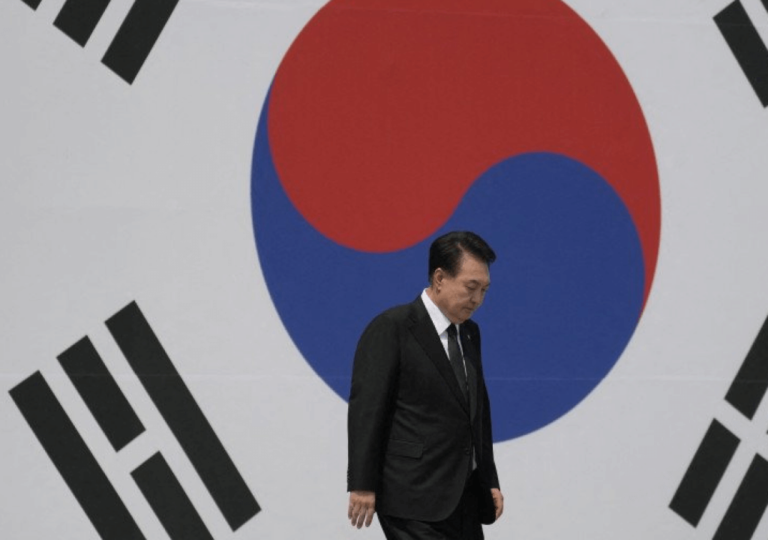
South Korea's President Yoon Suk Yeol declared martial law, then quickly reversed it amid fierce opposition and political turmoil

South Korea's court mandates stronger climate action, ruling existing laws inadequate for protecting future generations rights
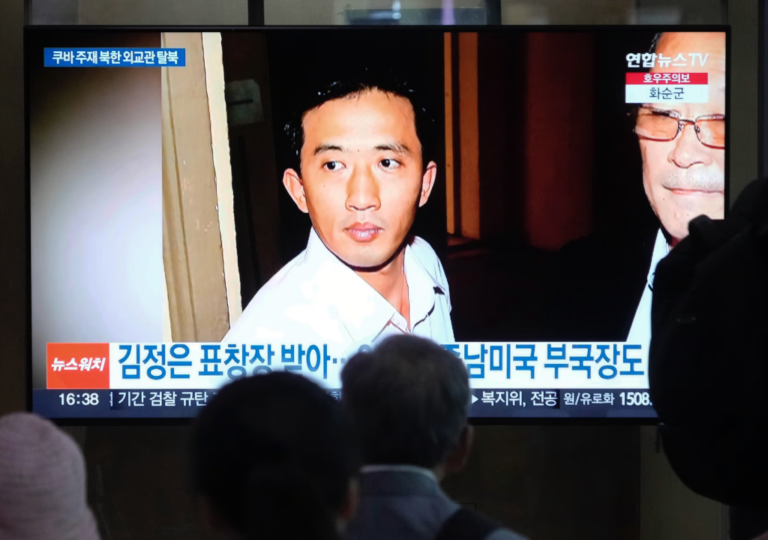
North Korean diplomat Ri Il Kyu defects to South Korea, highlighting growing elite exodus amid tensions

Central Asia's mineral wealth attracts global powers; South Korea's "K-Silk Road" aims to tap it.
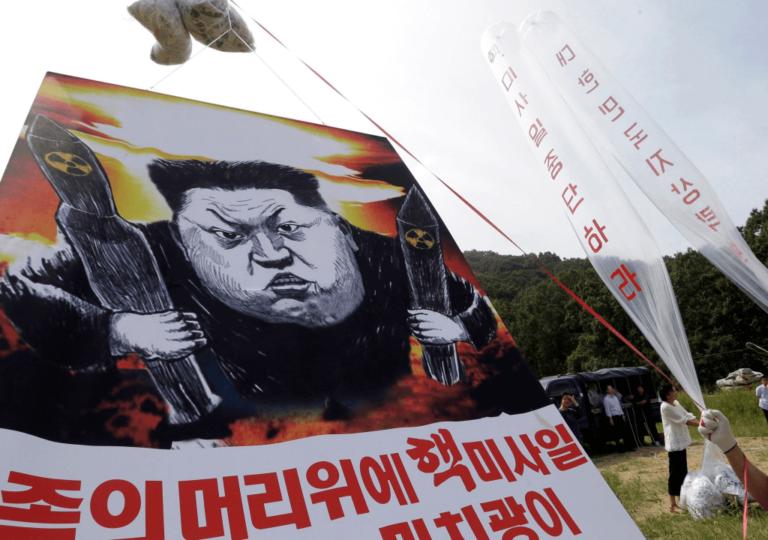
The "Balloon War" between North and South Korea escalates as both sides use balloons to spread propaganda and trash, heightening tensions and straining relations.
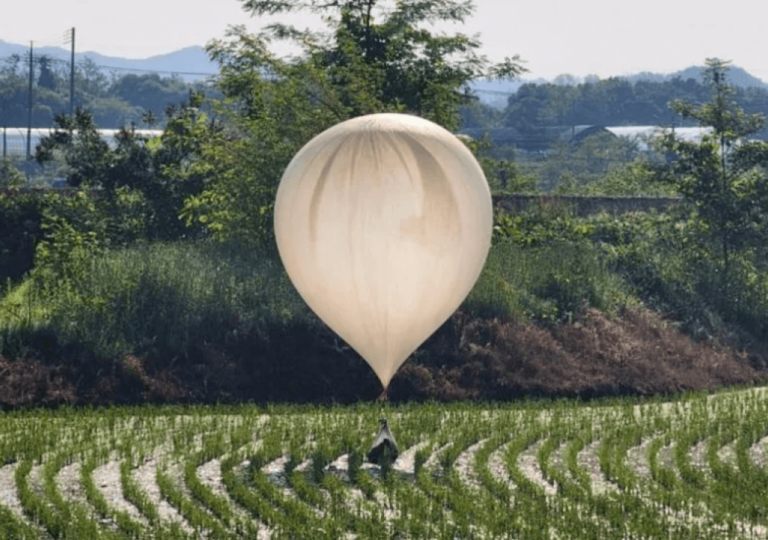
North Korea retaliates against South Korea's propaganda balloons by sending balloons filled with feces and trash.
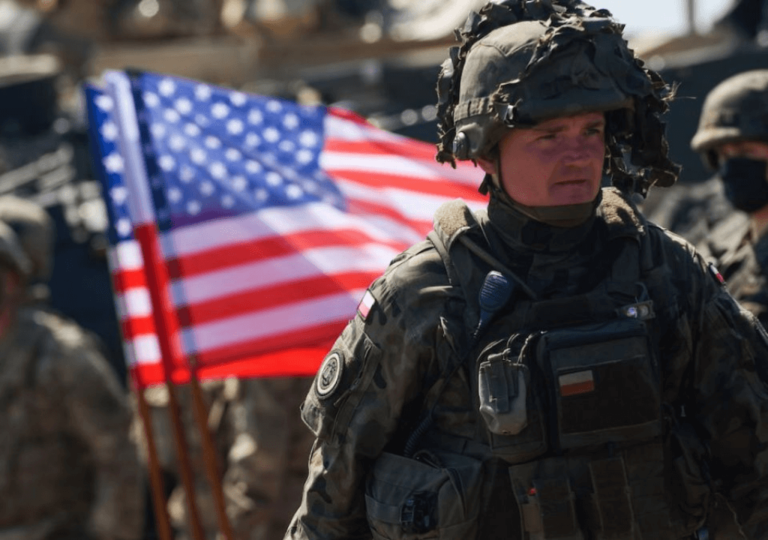
US, Japan, and South Korea conduct joint drills near China, while US and allies dominate South China Sea exercises.
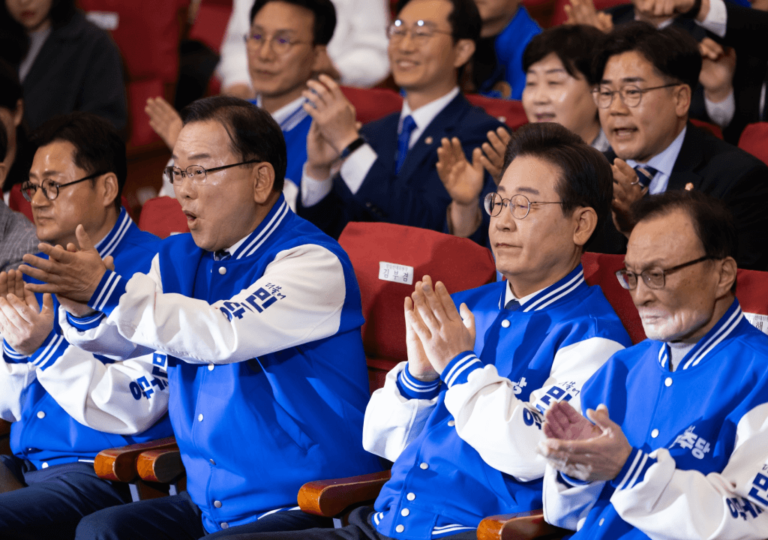
In South Korea's parliamentary election, the ruling People Power Party suffered defeat as the opposition Democratic Party, led by Lee Jae-myung, secured a landslide victory.